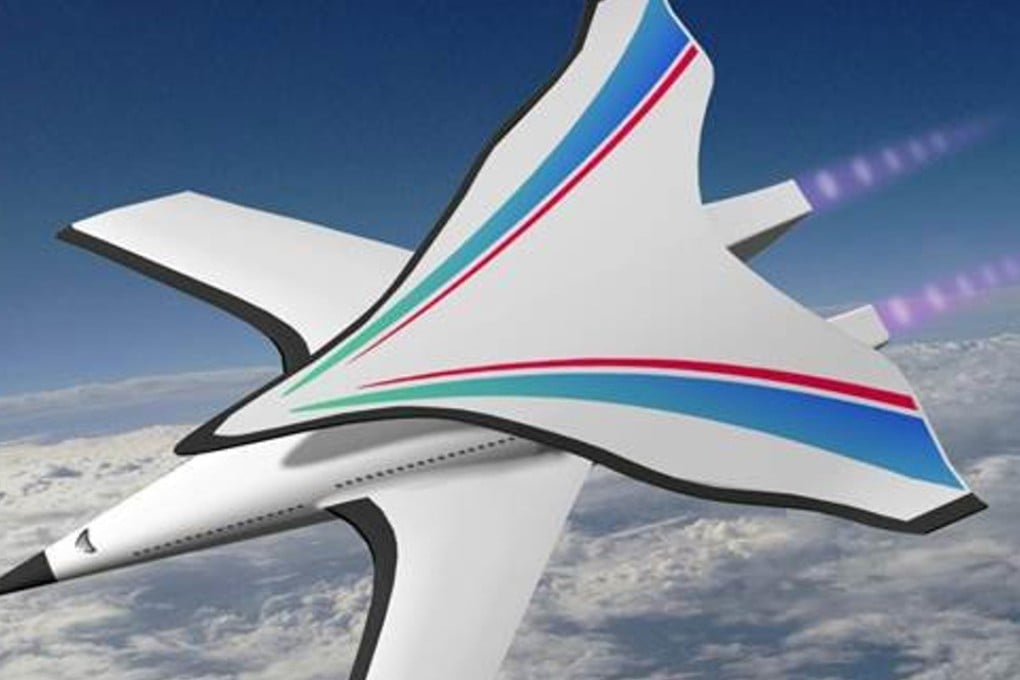Beijing to New York in 2 hours? Chinese team reveal hypersonic plane ambition
Researchers pushed a scaled-down version of their I-plane to seven times the speed of sound and say its double layer of wings held up surprisingly well

A Chinese research team has come up with a novel design for an ultra-fast plane they say will be able to take dozens of people and tonnes of cargo from Beijing to New York in about two hours.
The plane would travel at hypersonic speed – meaning at more than 6,000km/h (3,700mph), faster than five times the speed of sound – according to the team, which is also involved in China’s top secret hypersonic weapons programme.
The speed of sound is about 343 metres per second, or 1,235km/h.
“It will take only a couple of hours to travel from Beijing to New York at hypersonic speed,” the researchers led by Cui Kai wrote in a paper this month in Physics, Mechanics and Astronomy, published by Science China Press.
At present, it takes a normal passenger jet about 14 hours to fly between the two cities – a distance of about 11,000km.
Cui and his team at the Chinese Academy of Sciences in Beijing tested a scaled-down model of the plane in a wind tunnel which was also used to carry out aerodynamics evaluations for China’s newest hypersonic weapon prototypes.